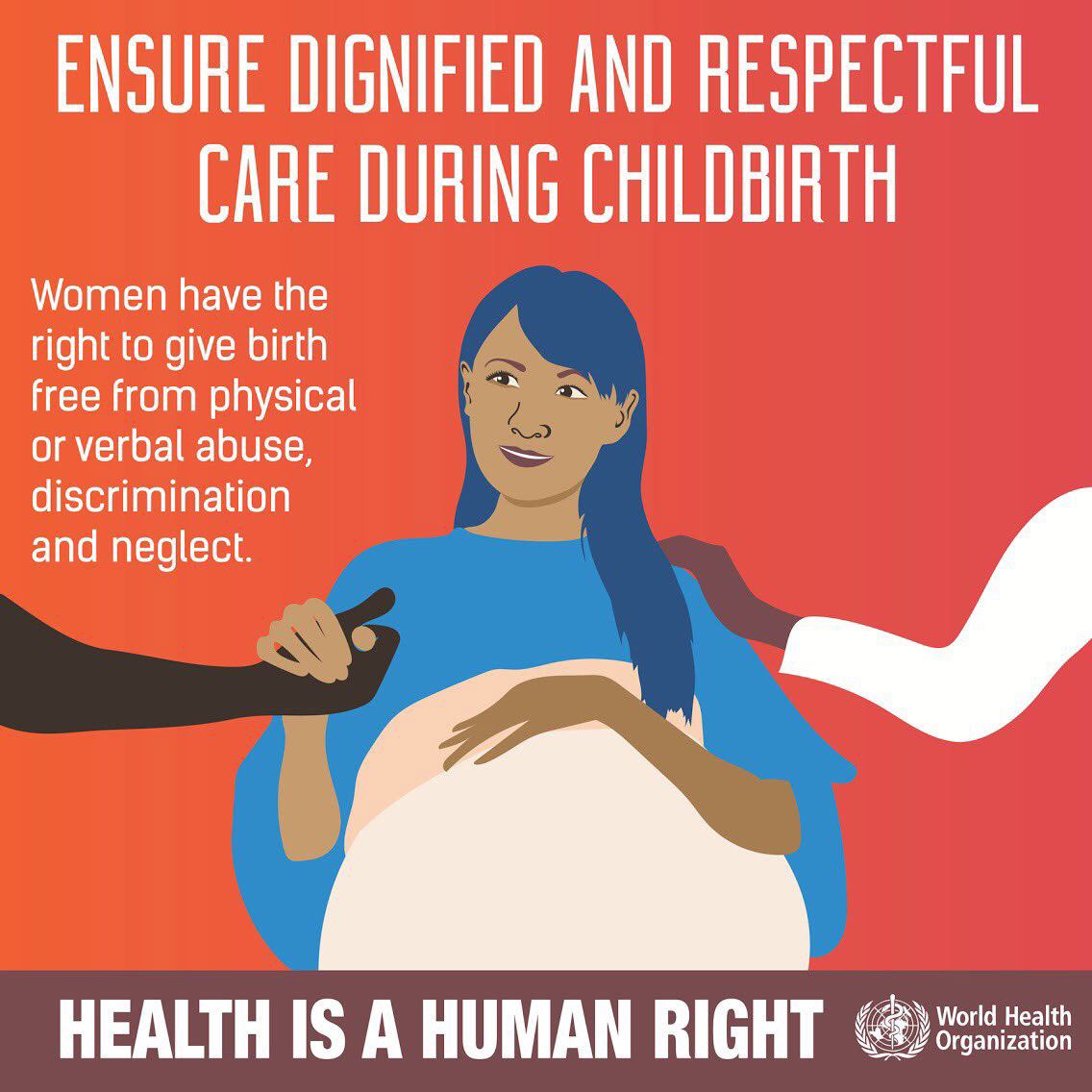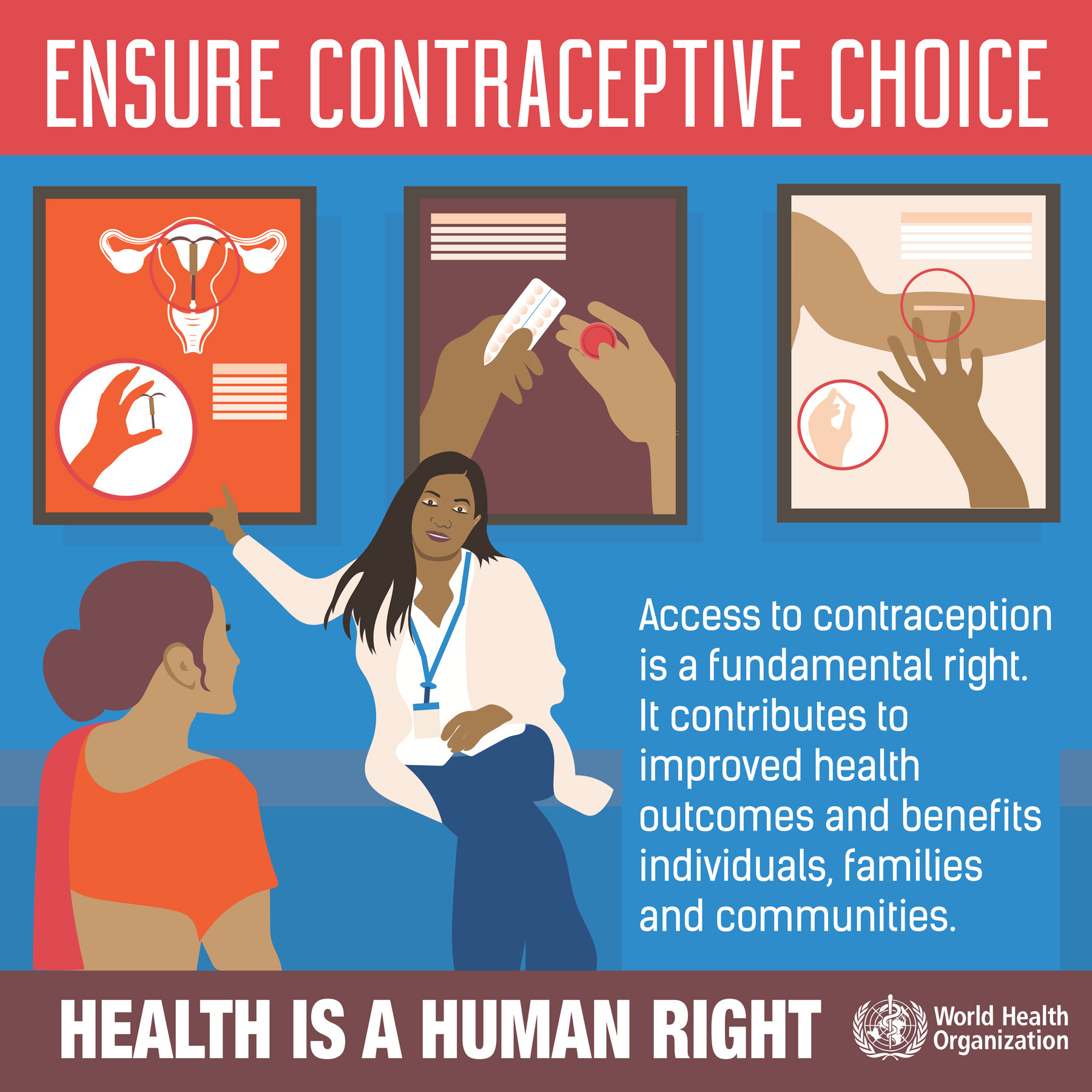More people can access essential health services today than ever before, but at least half of the world’s population still go without. Those living in the poorest countries, in the most marginalized communities, face the greatest challenges in access, the highest burden of disease, and the worst health outcomes.
End virginity testing
“Virginity testing” has no scientific or clinical basis. There is no examination that can prove a girl or woman has had sex – and the appearance of girl’s or woman’s hymen cannot prove whether they have had sexual intercourse, or are sexually active or not.
“Virginity testing” is a violation of the human rights of girls and women, and can be detrimental to women’s and girls’ physical, psychological and social well-being. The practice also reinforces stereotyped notions of female sexuality and gender inequality. The examination can be painful, humiliating and traumatic. Given that these procedures are unnecessary and potentially harmful, WHO supports putting an end to these practices, through law and policy reform, awareness raising and technical support. It is unethical for doctors or other health providers to undertake them. Such procedures must never be carried out.
Eliminating virginity testing: An interagency statement
Ensure respect & dignity for women during childbirth

Engaging women and accounting for their experiences in health systems is the first order of respect in a human rights approach to maternal care. Yet, evidence has shown the range and pervasiveness of mistreatment to which women are subjected during childbirth globally, including forms of physical and verbal abuse; experiences of discrimination and neglect; and denials of privacy and confidentiality. These types of treatment can amount to a violation of a woman’s fundamental human rights.
Every woman has the right to the highest attainable standard of health, which includes the right to dignified, respectful health care throughout pregnancy and childbirth, as well as the right to be free from violence and discrimination. Provision of respectful maternity care is in accordance with a human rights-based approach to reducing maternal morbidity and mortality could improve women’s experience of labour and childbirth and address health inequalities.
New WHO evidence on mistreatment of women during childbirth
End preventable maternal mortality and morbidity

Increasingly UN treaty monitoring bodies, regional and national courts have called upon States to provide comprehensive sexual and reproductive health information and services to women and adolescents. If they do not do so, States may not meet their treaty and constitutional obligations to respect, protect and fulfil the right to life, the right to non-discrimination, the right to the highest attainable standard of health, and the rights to privacy, confidentiality, information and education.
To end preventable maternal and newborn deaths and decrease morbidities, the topmost priorities of a health agenda for a sustainable future must include educating and empowering all women and girls, gender equality, poverty reduction, universal health coverage and access to comprehensive reproductive health services, and equity within the overall context of a rights-based approach to health and health care. High and/or disproportionate levels of maternal deaths and harms are linked to the lack of comprehensive reproductive health services, unsafe abortion, adolescent pregnancy, child and forced marriage and inadequate access to contraceptives. The prevention of maternal mortality and the provision of maternal health services, including the provision of safe abortion services to the full extent of the law, is fundamental to the achievement of health.
WHO supports and leads in efforts to understand the causes and context of maternal mortality and morbidity through technical support, research, law and policy reform, and awareness raising.
#RightToABetterWorld episode 3 of 4: Maternal mortality and morbidity
Comprehensive sexuality education = healthy, empowered future generations
As they transition from childhood to adulthood, adolescents undergo a number of physical, psychological and social changes for which they are often unprepared. They need knowledge and skills to make well-informed choices about their lives, to avoid problems and to deal with them effectively if they occur.
There is strong evidence that well-designed and well-delivered comprehensive sexuality education contributes to improved knowledge and understanding, to positive attitudes and to healthy sexual behaviours. There is no evidence that it contributes to early, increased or more sexual risk taking.
States have an obligation under human rights law to provide information and education to adolescents. CSE is part of the core obligations of states to uphold the right to sexual and reproductive health, which means that it is considered one of the basic minimum actions states must take to give meaning to this right.
Based on the evidence and the human rights rationale, WHO recommends the provision of age-appropriate, scientifically-accurate comprehensive sexuality education within and outside schools.
Brief sexuality-related communication ( Recommendations for a public health approach)
International technical guidance on sexuality education (An evidence-informed approach)
#RightToABetterWorld episode 1 of 4: Comprehensive sexuality education
Eliminate female genital mutilation
The term "female genital mutilation " (also called "female genital cutting " and "female genital mutilation/cutting ") refers to all procedures involving partial or total removal of the external female genitalia or other injury to the female genital organs for non-medical reasons. Female genital mutilation has no known health benefits and is harmful to girls.
Seen from a human rights perspective, the practice reflects deep-rooted inequality between the sexes, and constitutes an extreme form of discrimination against women. Female genital mutilation is nearly always carried out on minors and is therefore a violation of the rights of the child. The practice also violates the rights to health, security and physical integrity of the person, the right to be free from torture and cruel, inhuman or degrading treatment, and the right to life when the procedure results in death. In addition to violating these rights, health professionals who perform female genital mutilation are also violating the fundamental ethical principle: “do no harm”.
An interagency statement issued by WHO calls on all States, international and national organizations, civil society and communities to uphold the rights of girls and women. It also call on those bodies and communities to develop, strengthen, and support specific and concrete actions directed towards ending female genital mutilation.
WHO's work the elimination of female genital mutilation
End violence against women
Violence against women is a major public health and human rights concern, with intimate partner violence and sexual violence the most common forms of violence against women. They happen in ALL countries across the world and have been called the most pervasive violation of women’s human rights, affecting their rights to freedom from discrimination, to life, to integrity and security of the person, and to the highest attainable standard of health, among others.
Under human rights treaties that governments have signed, there is a responsibility to prevent, investigate and punish all forms of violence against women, including those that take place within the home.
Health-care providers are in a unique position to create a safe and confidential environment for facilitating disclosure of violence, while offering appropriate support and referral to other resources and services.
National guidelines or protocols for the health system should be developed that are consistent with international human rights standards and WHO guidelines.
WHO's work on violence against women
#RightToABetterWorld episode 4 of 4: Violence against women
Stop child marriage
 Child marriage is a widespread, harmful traditional practice. Every year, about 12 million girls from around the world are married before the age of 18.
Child marriage is a widespread, harmful traditional practice. Every year, about 12 million girls from around the world are married before the age of 18.
Ninety percent of births to adolescents aged 15-19 worldwide occur within marriage. Adolescent pregnancies and childbearing are associated with a range of negative maternal health outcomes, especially in younger adolescents. Adolescents married before 18 have a higher risk of intimate partner violence. Child marriage also has a negative effect on secondary school enrolment, retention and completion, with lifelong consequences.
States have obligations under human rights law to prevent and address harmful traditional practices such as child marriage. States must adopt legislative measures to expressly prohibit these practices, which are a form of gender-based violence, including social measures, combined with other legal and policy measures, including social measures. These measures must include attention to girls who have victims of child marriage. WHO calls for complementary actions at the legal and policy level, the family and community level (including increasing educational opportunities), and at the individual level (informing and empowering girls).
Child, early and forced marriage legislation in 37 Asia-Pacific countries
Ensure contraceptive choice
 Ensuring access to contraception is a fundamental part of upholding human rights as well as contributing to improved health outcomes, with direct benefits for individuals, families, communities and wider society. The right of couples and individuals
to decide freely and responsibly if, when and how many children to have requires that contraceptive services be available, accessible, acceptable and of good quality, and provided without discrimination.
Ensuring access to contraception is a fundamental part of upholding human rights as well as contributing to improved health outcomes, with direct benefits for individuals, families, communities and wider society. The right of couples and individuals
to decide freely and responsibly if, when and how many children to have requires that contraceptive services be available, accessible, acceptable and of good quality, and provided without discrimination.
There is increasing momentum to ensure promotion and protection of human rights in contraceptive services and programs. Despite these efforts, human rights are often not explicitly integrated into the design, implementation and monitoring of services. As a result, the unmet need for contraception remains staggeringly high, especially among vulnerable groups such as adolescent girls.
#RightToABetterWorld episode 2 of 4: Contraception
Read more on the right to health



